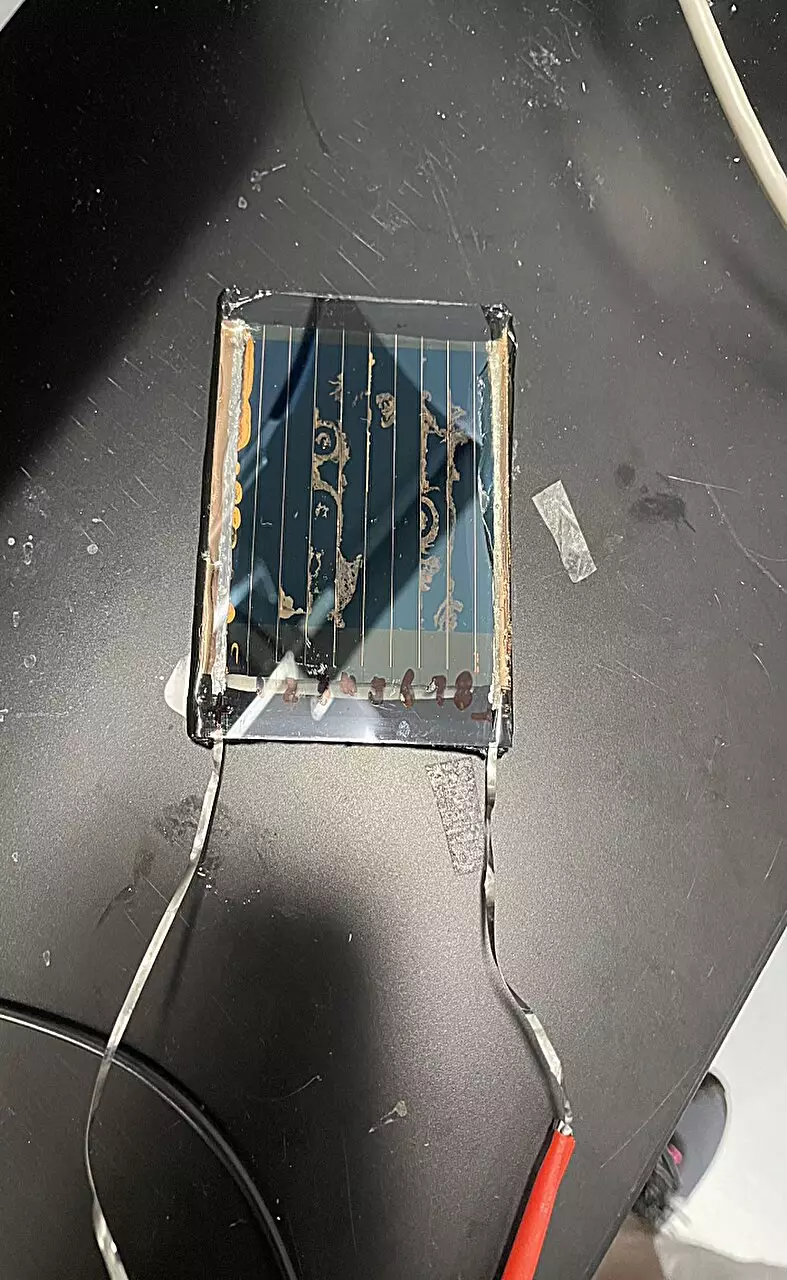Perovskite solar cells (PSCs) have been gaining attention in the field of photovoltaics due to their high efficiency and low-cost production. However, one of the major challenges in implementing PSCs in real-world settings is their stability under reverse bias conditions. When a shaded cell is placed in the same module as sunlit cells, it can be subjected to reverse bias, which can lead to instability and degradation over time. Researchers at the University of North Carolina at Chapel Hill have recently introduced a new strategy to improve the stability of PSCs under these conditions, potentially paving the way for their widespread use.
The issue of reverse bias instability in solar cells is a relatively new area of concern for the photovoltaic community. When a shaded cell is exposed to a large reverse bias from the sunlit cells in the same module, it can lead to overheating and damage. This is particularly problematic for PSCs, which have a thinner photoactive layer than other types of solar cells, making them more susceptible to the effects of reverse bias.
In their study, Jinsong Huang and his colleagues set out to determine why some PSCs exhibited greater stability under reverse bias conditions than others. By carefully examining the degradation mechanisms in different PSCs, they were able to identify key factors that contribute to stability. They found that certain electrochemical reactions, such as the generation of iodine and corrosion of the Cu electrode, played a significant role in the breakdown and degradation of the solar cells.
Inspired by their findings, the researchers developed a new device stacking strategy using lithium fluoride/tin oxide/indium tin oxide to inhibit the formation of iodine and prevent electrode corrosion under reverse bias. This innovative approach resulted in PSCs that could withstand reverse bias of -1.6 V for up to 1,000 hours, a significant improvement in stability compared to previous studies. This breakthrough has the potential to significantly reduce the need for bypass diodes in perovskite modules, ultimately lowering fabrication costs.
The research conducted by Huang and his team has important implications for the future development of perovskite-based PVs. By addressing the issue of reverse bias instability, they have opened up new possibilities for the commercialization of PSCs on a larger scale. With further studies and refinements to their device stacking strategy, it is possible that PSCs could become a more reliable and cost-effective option for solar energy production.
The stability of perovskite solar cells under reverse bias conditions is a critical factor in their future use in real-world applications. By identifying the mechanisms of degradation and developing innovative solutions to improve stability, researchers are paving the way for the widespread adoption of PSCs. With continued research and development, it is likely that PSCs will play a significant role in the transition to renewable energy sources in the years to come.


Leave a Reply